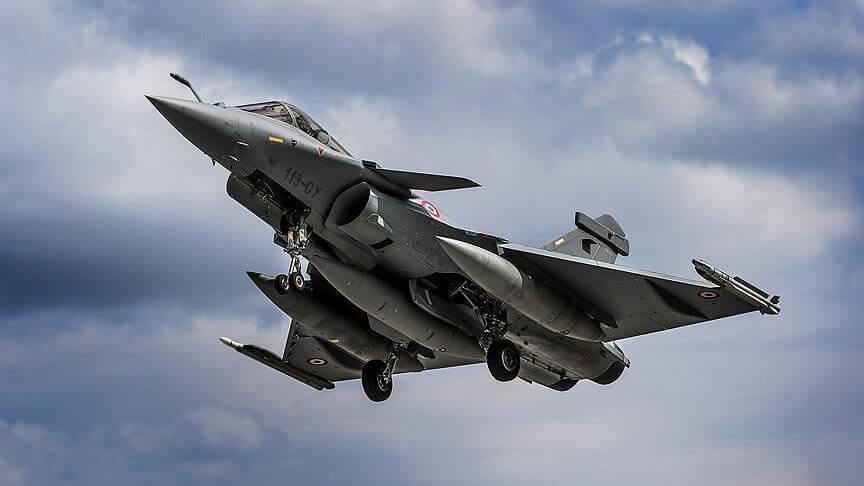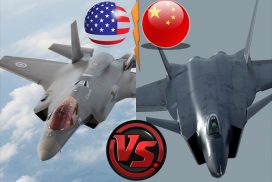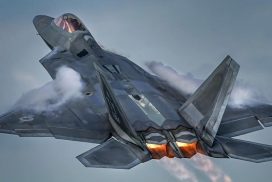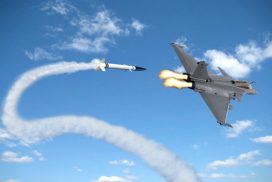The first batch of Dassault Rafale fighter jets will be inducted into the Indian Air Force 17th squadron at Ambala Air Force Station on July 29th. The Dassault Rafale is one of Indian Air Force’s most technologically advanced fighter jet in its fleet.
Here is a technical comparison of the Dassault Rafale with the advanced Chengdu J-20 of the People’s Liberation Army Air Force (PLAAF).
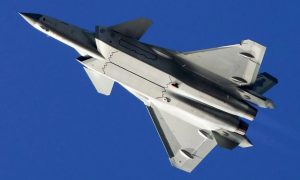
China’s Air Force, the People’s Liberation Army Air Force operates a wide range of fighter jets in its fleet, including the Chengdu J-7 / J-10 / J-20, and Sukhoi SU-27 / SU-30MKK / SU-35S. In terms of their technical specifications, the Indian Air Force Dassault Rafale and China’s Chengdu J-20 are equally matched.
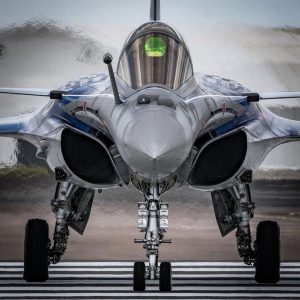
Dassault Rafale Vs Chengdu J-20 – The Spec Sheet
The Rafale, manufactured by France’s Dassault Aviation, is a twin-engine, multi-role fighter jet having canard delta wing design intended to perform air supremacy.
China’s Chengdu ‘Mighty Dragon’ J-20, built by Chengdu Aerospace Corporation for the People’s Liberation Army Air Force (PLAAF) is a single-seat, twin-engine, stealth 5th generation fighter aircraft.
Here is a closer look at specifications of the two fighter jets.
Dassault Rafale Chengdu J-20
Origin France China
Range 3,700 km NA
Max. speed 2,130 km/h 2,223 km/h
Service ceiling 15,235 meters 20,000 meters
Length 15.27 meters 20.4 meters
Width 10.8 meters 13.5 meters
Height 5.34 meters 4.45 meters
Weight (empty) 10.3 meters 19.4 meters
Weight (max) 24.5 meters 36 meters
Dassault Rafale Vs Chengdu J-20 – Avionics and Radar Systems
The radar systems on fighter jets are enabled to detect and track enemy aircraft and other targets. Both the Dassault Rafale and the Chengdu J-20 use Active Electronically Scanning Array (AESA). This type of radar system is considered to be the most advanced radar system in the world.
However, each radar system can be optimized with different avionics and technologies to have an edge over the other.
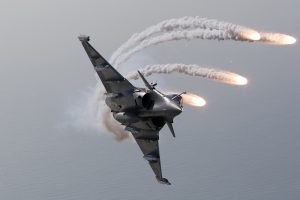
The Dassault Rafale is equipped with SPECTRA, an electronic warfare suite. SPECTRA protects against air and ground threats making it difficult to detect and attack the Rafale. The avionics have a highly reprogrammable system capable of analyzing threats, employing various methods of detection and tracking, decoying and jamming. The SPECTRA system contributes to nearly 30% of the Rafale’s cost.
The Chengdu-J20 AESA radar system is nose-mounted with an infrared / electro-optic search and tracking sensor. The aircraft’s passive electro-optical detection system provides the fighter pilot with a 360-degree view of the environment. The J-20 is also capable of processing real-time data from China’s military satellites.
Dassault Rafale Vs Chengdu J-20 – Weapons Systems
Both fighter jets are multi-role aircraft, equipped with an array of weapons and capable of air-to-air combat, ground support, in-depth and anti-ship strike and nuclear deterrence missions.

The SCALP ground attack precision weapon and METEOR beyond visual range (BVR) air-to-air missile, with a range of 150 km, are the two weapons systems the Rafale will acquire with the Indian Air Force.
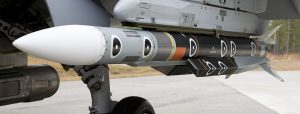
The Chengdu J-20 has an equally matched PL-15 (BVR) air-to-air missile, with a range of 200 km, a technologically advanced weapon in the People’s Liberation Army Air Force inventory.
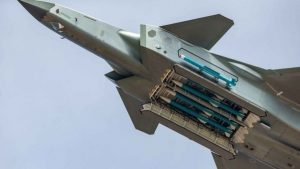
The key difference between the two missiles – PL-15 is designed to attack large aircraft like mid-air refuelers but METEOR is capable of attacking smaller targets like Unmanned Aerial Vehicles or cruise missiles.
Stealth technology
The 5th generation J-20 is a stealth fighter jet, with a reduced cross-section on its airframe to avoid detection by enemy radar.

The Dassault Rafale has an edge over others having an advanced tracking system capable of detecting and tracking even the extremely stealthy Lockheed Martin F-22 Raptor during mock drills.
Since the Chengdu J-20 is heavily modelled on the F-22, there seems to be reasonable doubt regarding its stealth technology, especially since the Indian Air Force have been able to pick the J-20 on radar in the past.
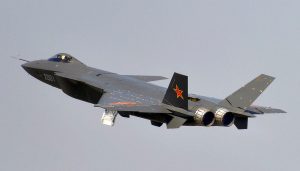
The Dassault Rafale does not have stealth technology, designed with a reduced radar cross-section and infrared signature. The J-20 should have a slight edge over the Rafale in terms of stealth.
Combat Experience
The Dassault has had extensive combat experience being deployed in several countries with an impeccable track record. The J-20 has not entered a real-time combat scenario as yet, giving the Rafale a distinct advantage due to battlefield experience.
However, pilot training, tactical planning and actual combat environment play a crucial role in determining the outcome of an engagement with enemy aircraft and forces.
The Chinese Chengdu J-20 biggest disadvantages are its inferior stealth technology and engines with low thrust-to-weight ratio.
The Indian Air Force airbases are located near sea level, allowing their fighter jets to take off with a full load of weapons and high fuel capacity. Chinese aircraft take off from Tibetan air bases, 4000 meters above sea level. The lower density of air at higher altitudes prevent the aircraft from taking off with maximum weapon load and fuel capacity.

